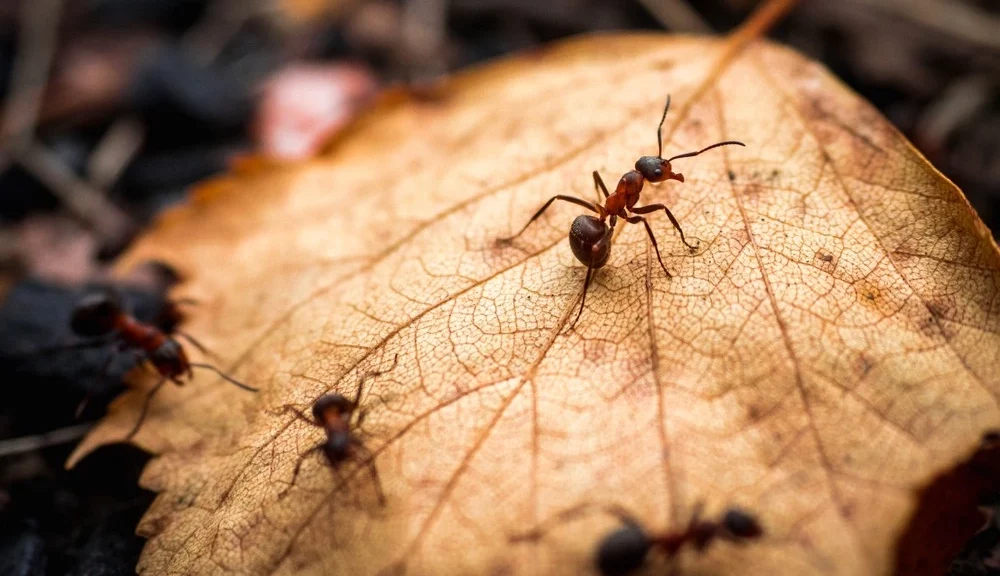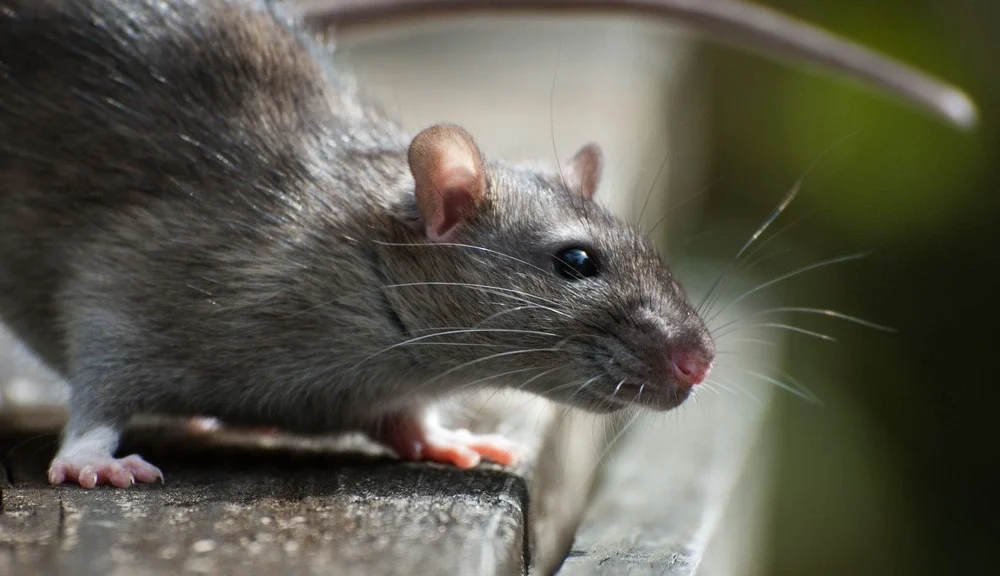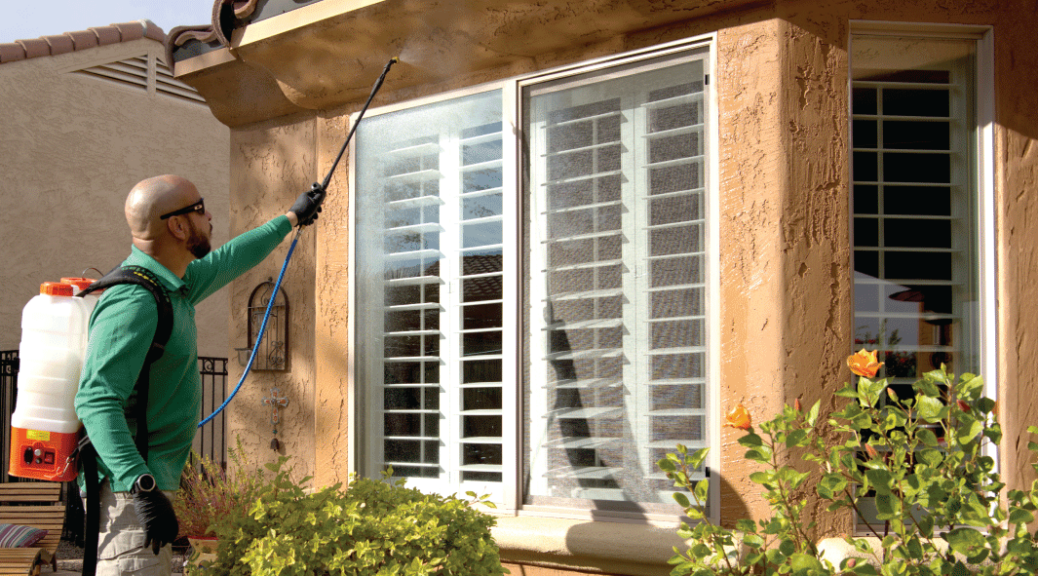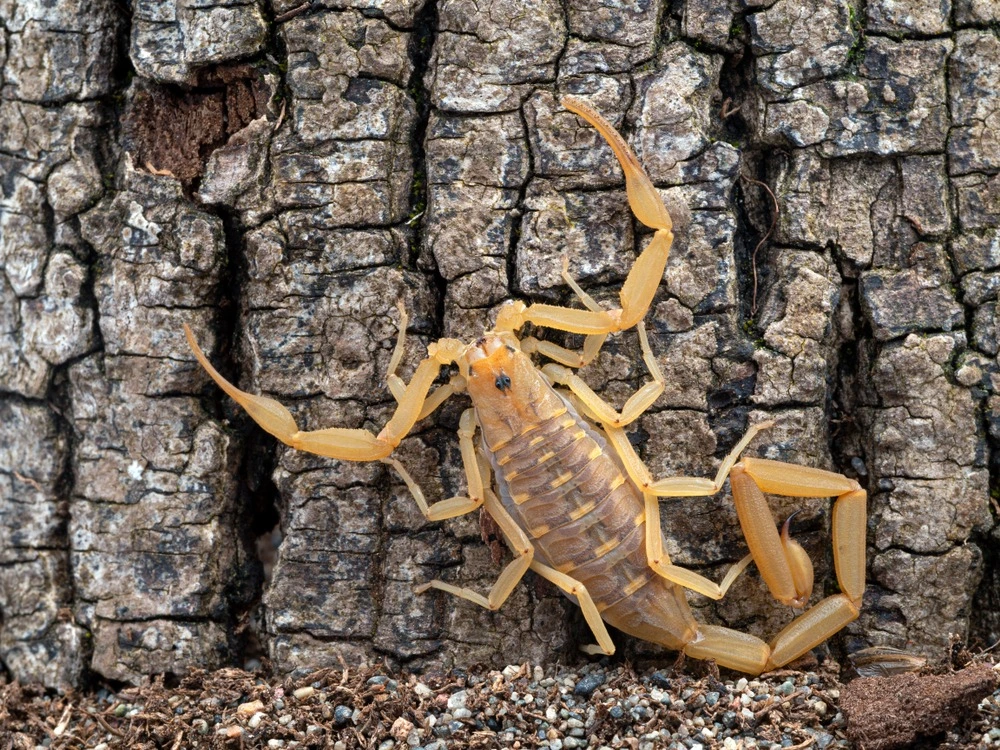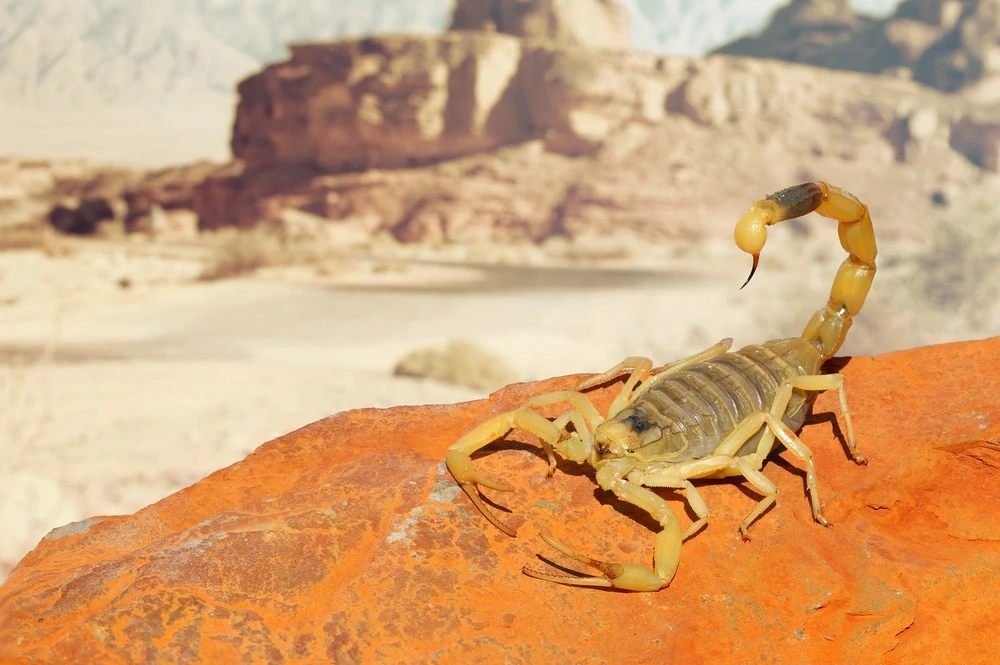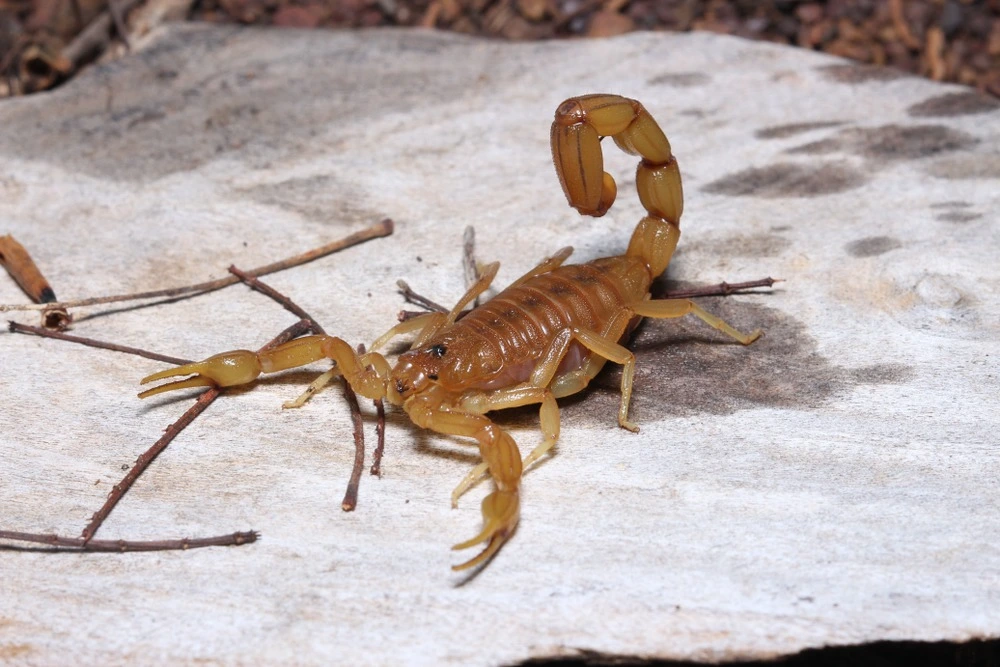The Most Common Pests in Late Summer
Everyone loves the summer. One of the seasonal perks is that you can wear looser clothing and give your skin a break from being covered up all fall and winter. Unfortunately, the summer is also filled with pests—like mosquitoes—ready and waiting to make you their next meal. Seeing pesky insects outside your home during the summer can be upsetting because it takes away from your ability to relax by your pool, on your deck, or patio.
Since we’re committed to making the outdoors fun, we’re going to explain how to get rid of summer bugs in your house and share insight into how you can manage these summer pests so you can take back your outdoor spaces. We’ll get started with a quick review of the most annoying summer pests.
Mosquitoes: When it comes to summer pests, mosquitoes are the belle of the ball. These annoying pests buzz around our ears, jab us, then bodies, looking for the perfect place to bite. Once they get their stinger into you, it leaves an itchy bite that gets slightly raised the more you scratch it. Mosquitoes love areas with standing water because it allows them to lay their eggs comfortably.
Flies: There’s nothing quite as annoying as flies that crash your outdoor activities. Flies are pros at wreaking havoc at any backyard event. If the constant buzzing isn’t enough to drive you crazy, the thought that they can also transmit harmful diseases, will put you right over the edge. Keeping them at bay and away from food and drinks is a full-time job.
Fire Ants: While not quite as annoying or mobile as mosquitoes and flies, ants can be a huge summertime problem. Ants come in a variety of shapes and sizes. And while most are harmless (sans the fire ant), you still don’t want them around your home or backyard activities. Ants are masters at getting into seemingly impossible crevices within your home, which can cause structural damage.
Wasps: and Hornets: A painful sting makes wasps and hornets some of the most dangerous summer pests you can encounter outdoors.Their activity usually heightens during mid to late summer, when the weather in most areas is warmer. If you encounter a hive in your yard, it’s best to seek professional help, as they can quickly become aggravated and aggressive.
Ticks: Ticks are stealthy pests that lurk in the shadows, literally. They are much more subtle in their approach to humans and pets. Rather than flying around (which they can’t do), they wait for just the right time to latch on to a host for a free meal. Unfortunately, ticks are not just a summertime problem anymore. Depending on where you live, ticks can be present all year long. In some cases, these blood sucking parasites can leave with more than just a red welt. Some ticks can transmit bloodborne diseases that cause serious illness.
Fleas: While most people think fleas are only found on our furry friends, the truth is, fleas can infest carpeting and furnishings too. And like the other pests we mentioned, they can also carry diseases that cause illnesses in humans and pets. Fleas also have the ability to lay large numbers of eggs, which enables them to multiply rapidly.
Termites: While ants and fleas are no picnic, termites are a whole different level of pests —ones you definitely don’t want in or around your home. While many termites feed off of wood, some have evolved to consume concrete. So whether you live in a wood or CBS construction home, an infestation could mean trouble for your property. If you think you have termites, get professional help immediately.
As you can tell, there is no shortage of annoying pests to contend with during the summer months. But what’s the best way to manage these summer pests?
How Can You Manage the Most Common Summer Pests?
How to keep bugs out of the house in summer starts with a proactive approach. The important thing to note here is don’t wait until you have a pests problem to act, take the necessary steps now. When it comes to pests, taking preventive measures now can help you avoid bigger headaches later. Here are some of the things you can do to ensure your home remains free of insects, such as:
Seal up Any Holes or Gaps
If there are any gaps or holes around your home, you can be sure insects will find them and invite themselves in. Failing to seal these entryways is like laying out the welcome mat for pests. Eventually, they will make themselves comfortable in your home. Inspect your home for potential areas where insects may enter and use suitable material to seal them. Our professional team of pest inspection pros can help here too.
Close Doors and Windows When Not in Use
Sometimes, during warmer weather, we may keep our doors and windows open to increase ventilation. However, this is another open invitation for insects of summer to come in and find a cozy spot. If you want to keep your doors and windows open, install screens that effectively keep pests out.
Keep Your Home Clean
Once pests enter your home, they begin looking for food and shelter. An uncovered trash can or food left on a counter is like ringing the dinner bell for insects. Flies, in particular, love food crumbs and will buzz around your house, looking for every scrap they can find. To combat this, immediately clean up crumbs and don’t leave garbage cans uncovered.. If things have already gotten out of hand, call in the local pros for help.
Keep Your Yard Groomed
When you don’t keep your yard groomed, it’s an open invitation for insects of summer to come and hang out. As mentioned, mosquitoes love standing water because it’s the ideal place for them to lay their eggs. And overgrown grass is where ticks love to hide. Inspect your yard periodically for signs of insect infestation, eliminate any areas with standing water, keep your lawn at a manageable height (about 3 to 5 inches).
Conduct Tick Checks
Ticks are masters of disguise, which is why they often go undetected. What looks like a speck of dirt could be a tick. Since you can’t feel a tick bite, always check yourself, children, and pets for ticks after being outside for an extended period. If possible, perform a tick check before anyone enters the house. And be sure to follow these 7 Tips for Preventing Ticks In Your Yard. If you do find a tick on you, a family member or pet, follow these instructions on What to Do If a Tick Head Is Stuck in Your Skin.
Inspect Wood Structures
As mentioned, termites love eating wood, it’s also a great hiding place for many other insects, so inspect any wooden structures for signs of insects. Look for signs of deterioration, peeling paint, holes, or other damage to the wood. If you store firewood, always inspect it before bringing it into your home.
Protect Your Home From Summer Pests With Mosquito Joe®
Warm weather and the outdoors go together like peanut butter and jelly. However, managing the insects of summer can be a challenging task for any family, especially when you’re not equipped to deal with them. Taking a proactive approach to pest control is a great first step towards keeping them away from your outdoor activities.
If you need additional help, Mosquito Joe offers an extensive range of pests control services, including perimeter pest control, to help keep summer pests away. And as part of the Neighborly family of home service brands, all our work is backed by the Neighborly Done Right Promise™, which guarantees your satisfaction. So, don’t let summer pests ruin your summertime, request a free quote today!



